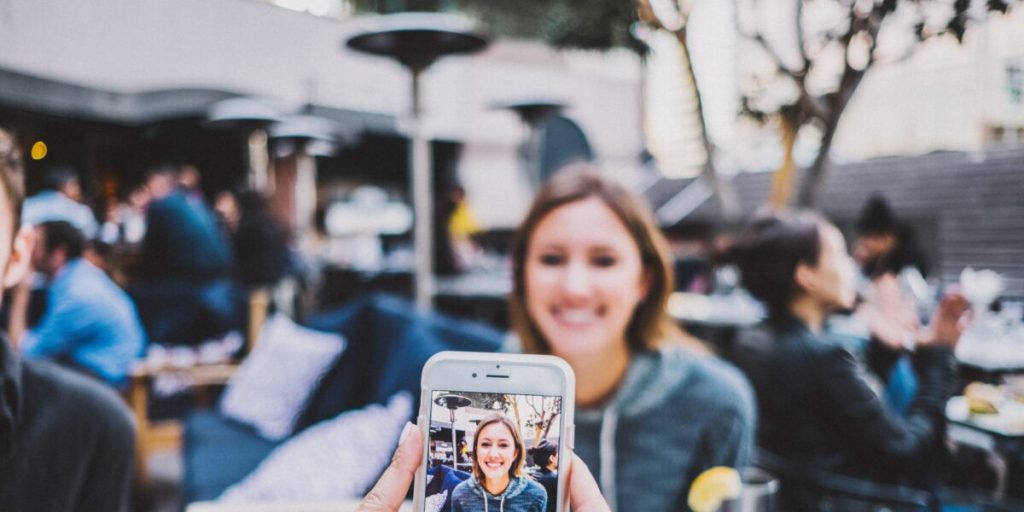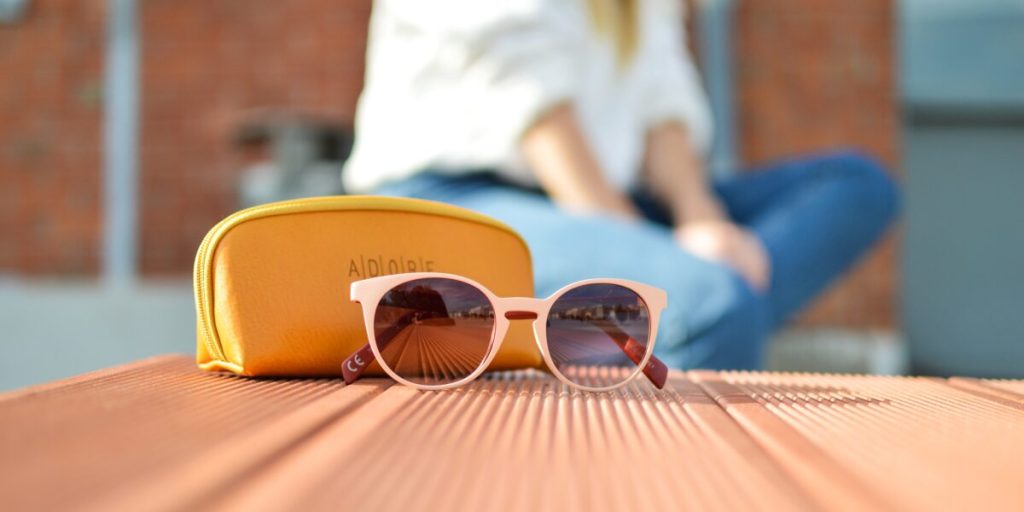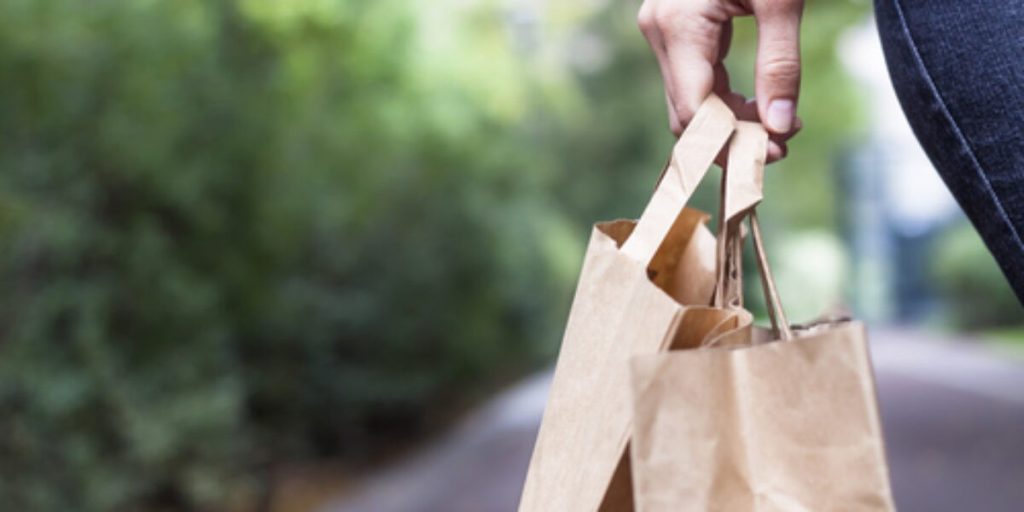Advice on Social Media Stories from a Brand Positioning Agency
Social stories have only been available for a few years, but as a brand positioning agency, we quickly recognized their marketing potential. Today, our expert storytellers use social stories to put a relatable human face on the clients we work with. Humanizing an organization makes it much easier for potential customers to develop a strong …
Advice on Social Media Stories from a Brand Positioning Agency Read More »










